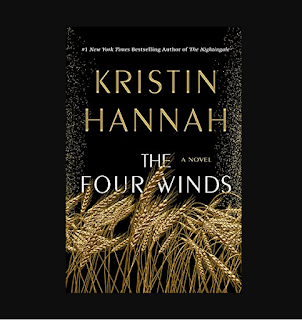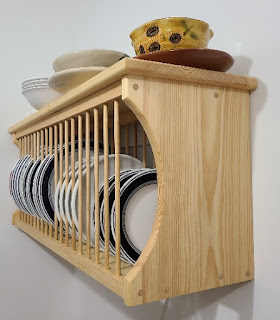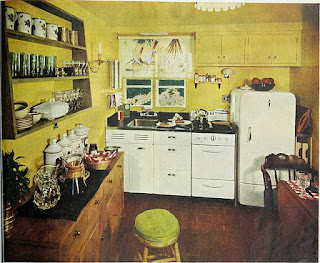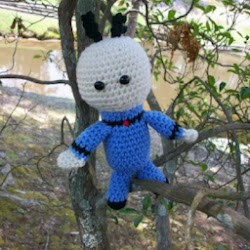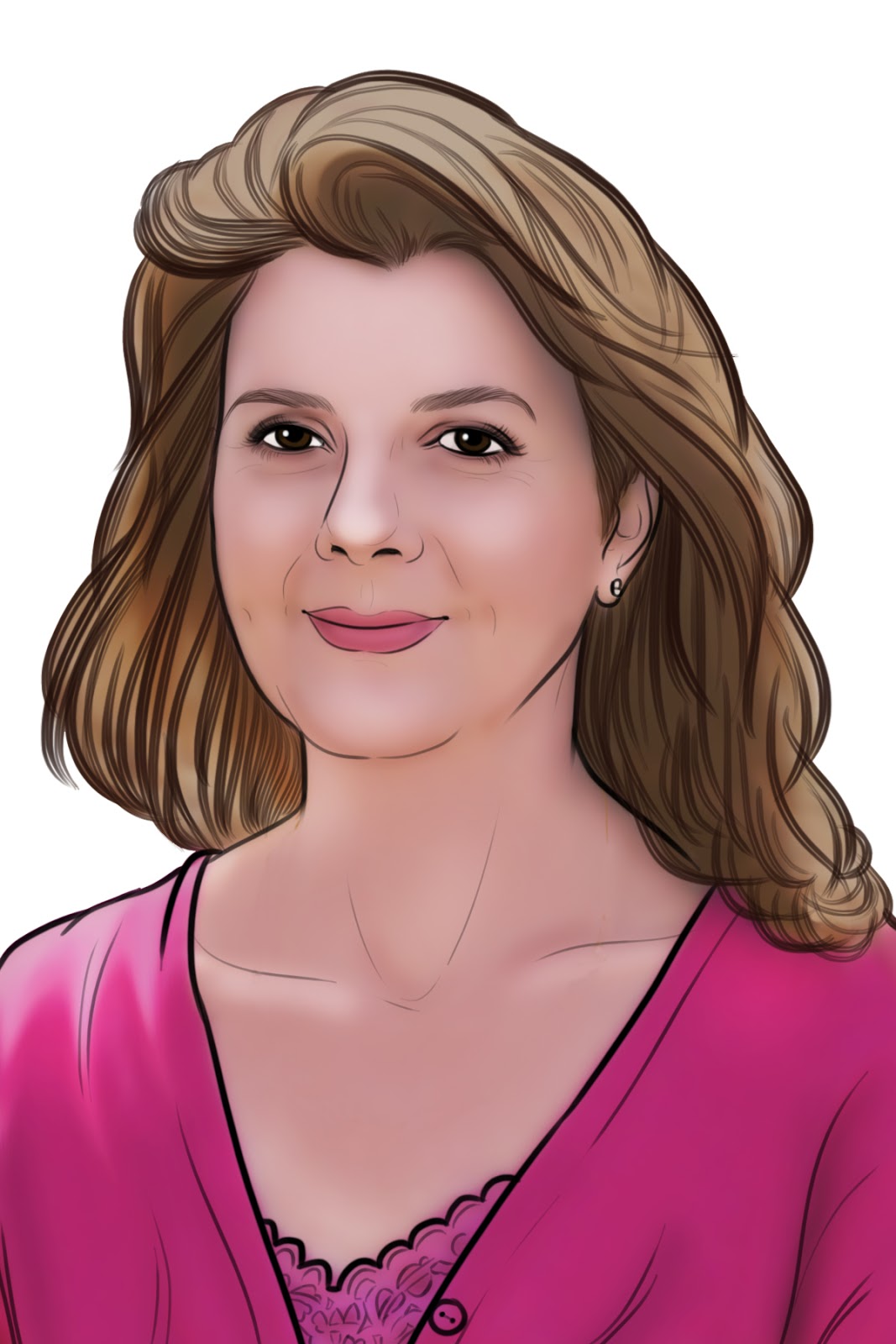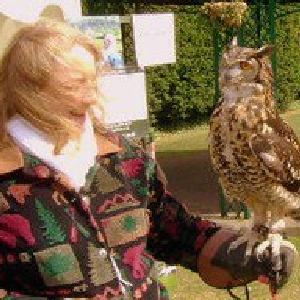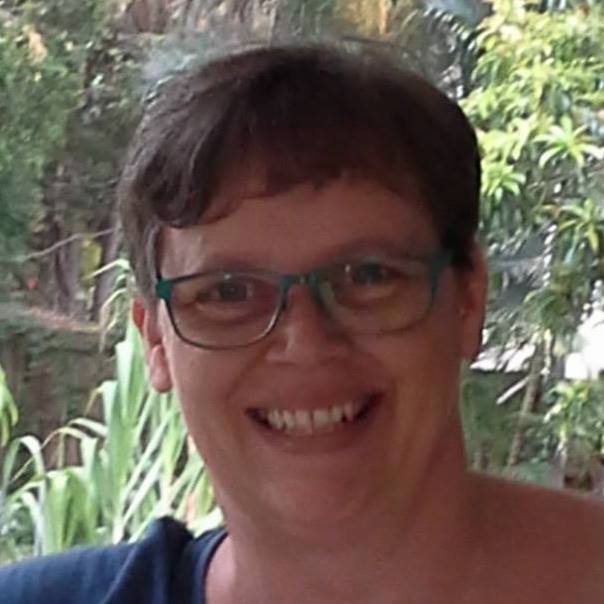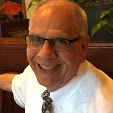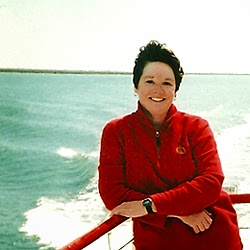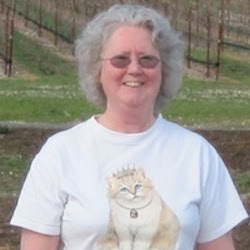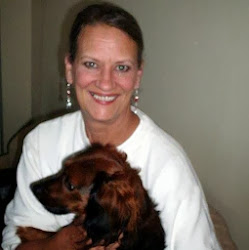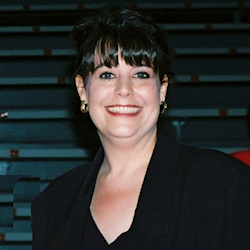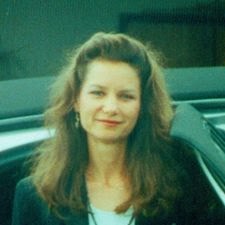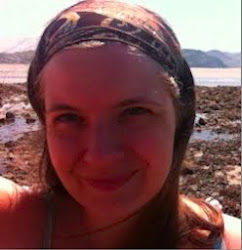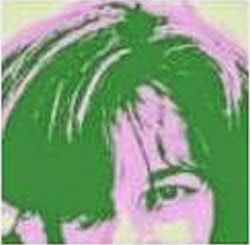Bad news. All dry foods such as beans, rice, flour, corn meal, and pasta may have been exposed to moths or weevils during processing and packaging at food plants or during shipping. This is how these bugs are able to hitchhike into your home - even if your kitchen is pristine. If you suddenly have tiny beetles in your flour or moths in your bag of beans, it is because the eggs have had time to hatch before you've cooked the item. Yuck! One solution to avoid this is vacuum sealing your dry goods in jars. And the FoodSaver does this.
The FoodSaver machine is fairly well-known. Many people know that it is a machine that vacuum seals food into special plastic bags. When air is removed from food products that food stays fresher longer. And many are aware that vacuum sealed frozen food is at less risk for freezer burn. But not as many people know that Mason jars can be used with the FoodSaver machine to vacuum seal food in jars.
Important Note: Not all FoodSaver machines have the Accessory Port that is needed to vacuum seal jars. If you are shopping for a FoodSaver machine so you can seal jars, make sure that the machine has the Accessory Port.
Jar Sealer Attachments
I purchased a set of the jar sealer attachments. The set included the hose and two jar attachment lids; one wide mouth sized and one regular mouth sized.
In just a few easy steps, you can seal food into jars:
- place dry food such as rice, pasta or beans into the Mason jar
- lay the flat lid on top of the jar
- press the correct size of jar sealer - wide mouth or regular - over the lid and jar
- insert the hose into the jar sealer and into the FoodSaver
- move the FoodSaver lever to the "operate" position
- press the button for "vacuum"
- after hearing the vacuuming begin then end, and after the light turns off, move the lever to the open position (releasing the pressure)
- remove the jar sealer from the jar
- gently check the lid to test for a seal
- label the lid with the food item and date
- I add the ring to help keep the lid secure in case I bump the jar - but I do not screw the ring on tightly
Important Vacuum Sealing Flour Caution
Because flour and similar items are finely ground, the action of the vacuum sealing process can pull the flour into the accessories. So you'll need to use some sort of barrier between the flour and the vacuum sealer. I have seen some folks use a piece of cloth or paper towel inside the top of the jar when vacuum sealing flour into jars. However, I do not feel that I'd be coordinated enough to insert the cloth correctly. While I MUCH prefer vacuum sealing in jars, flour is the one thing I prefer to use the FoodSaver plastic bags for. I learned to seal using a bag in a bag; the flour in either a clean paper lunch bag or the bag it is packaged in then sealed in the FoodSaver plastic bag.
Why I Vacuum Seal My Food
While living at my last apartment, I had purchased some bulk rice and beans. Because I was feeding only one or two people I did not go through those those bulk items very quickly. One day, I opened the cupboard to find a bag of rice with a swarm of moths inside. It was like a bad scary movie. I did some research and that was when I learned that the eggs of these insects can be present in dry foods before they reach our homes. But I was also living an a metro apartment complex where the exterminators were frequently seen onsite to battle a variety of creepy things. So really, it's hard to tell where my rice infestation came from. But it was disgusting. And I never want it to happen again.
Now I live in my single dwelling home. I do not have to be concerned about what might be living in someone else's home just on the other side of my wall. But I have a new risk for bugs. Rather than purchasing my groceries every day or two in meal-sized portions as I usually did living in a metro area, I now purchase items in bulk. My goal is to go to the store for non-perishable items only once every month or two. But that increases the opportunity for these hitchhiking eggs to hatch.
I LOVE the option of vacuum sealing in jars. I can easily see what I have. Jars are more secure (I have seen videos of people discovering rodents have chewed through plastic tubs used to store their vacuum sealed bags). If I have a large jar of vacuum sealed pasta, I can open the jar and use a very small amount and reseal the jar.
I would say that I am saving money by buying in bulk but with today's extreme inflation I do not feel as though I am saving money. However, I am protecting the food I have invested a good deal of money in and I am reducing the number of times I need to drive to the store. There have also been times that pasta is not available on the store shelves but I am able to relax knowing that I have a little of my own in a jar at home.



